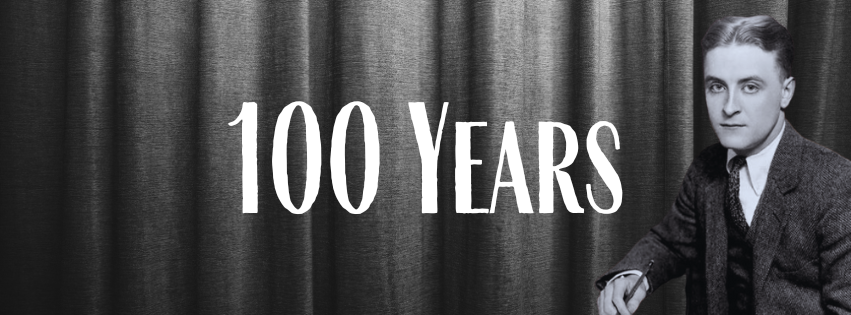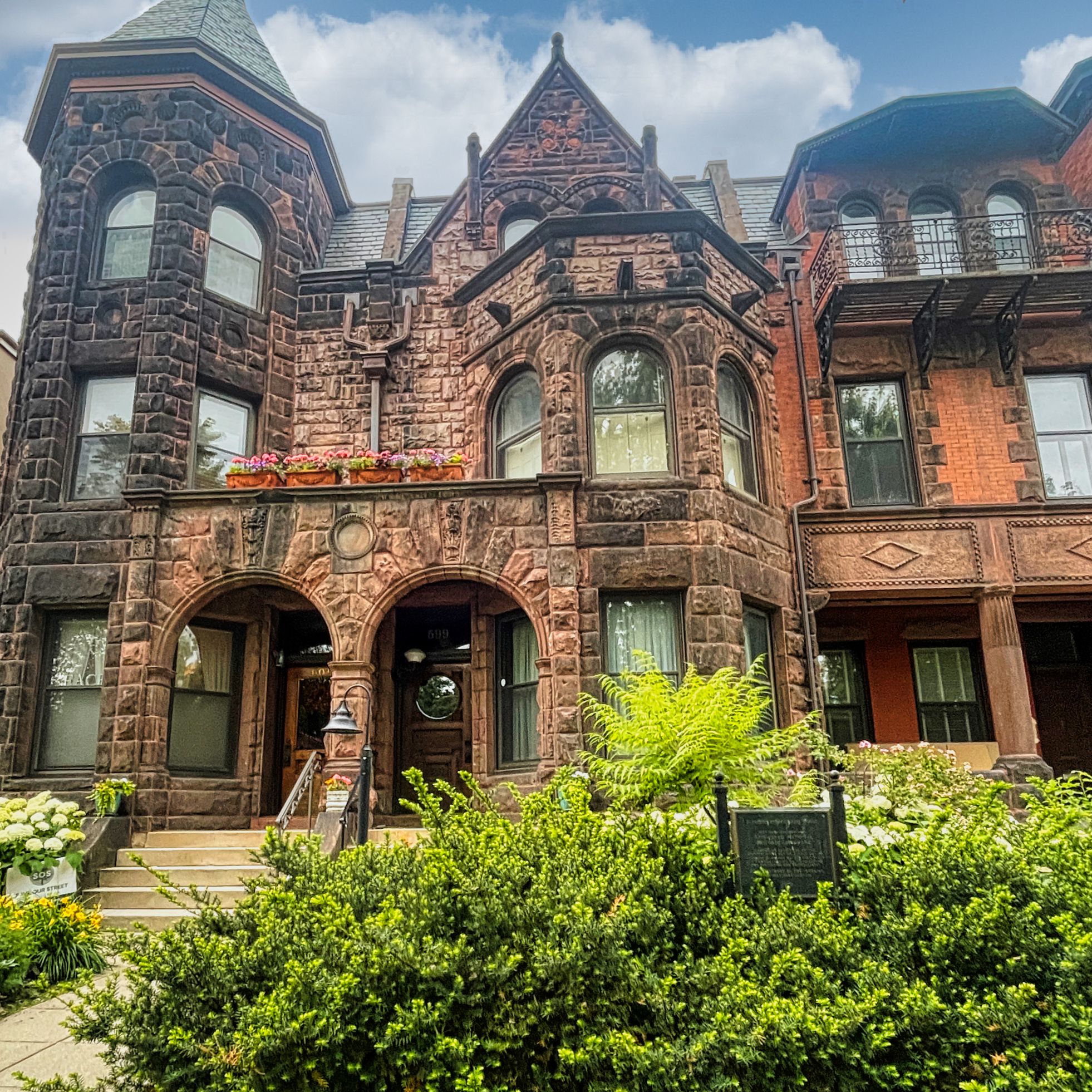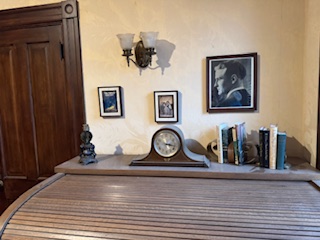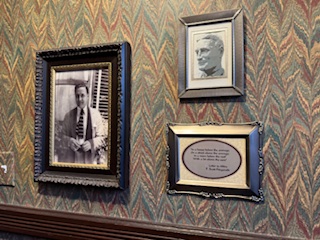The Great Gatsby at 100: A Cathedral Hill Celebration

The Great Gatsby at 100: A Cathedral Hill Celebration
How Our Neighborhood Shaped America's Greatest Novel
One hundred years ago this April, a young man who grew up walking our tree-lined streets published a book that would become the Great American Novel. F. Scott Fitzgerald's The Great Gatsby turns 100 this year, and our Cathedral Hill neighborhood is at the heart of the celebration.
It's fitting that St. Paul is leading the centennial commemorations, because this is where it all began. Long before Jay Gatsby threw his legendary parties in West Egg, Scott Fitzgerald was throwing his own parties right here on Summit Avenue. The very same streets where we walk our dogs and push our strollers once echoed with the footsteps of one of America's greatest writers.
Where It All Started
Our neighborhood holds a special place in literary history. Fitzgerald was born just blocks away at 481 Laurel Avenue in 1896, and later lived at what is now a National Historic Landmark at 599 Summit Avenue. It was in that third-floor room overlooking Summit Avenue—the same avenue many of us call home—where he wrote his breakthrough novel This Side of Paradise. During writing breaks, neighbors might have spotted him crawling out onto the balcony for a cigarette, perhaps already dreaming of the green light that would become Gatsby's most famous symbol.
The grand mansions of Summit Avenue, built by railroad barons and lumber tycoons, provided young Fitzgerald with his first glimpse into the world of extreme wealth that would later captivate him. The contrast between his family's modest means and the opulence surrounding him on our very streets shaped his understanding of the American Dream—a theme that would become central to The Great Gatsby.

A Neighborhood Celebration
This spring, Cathedral Hill and greater St. Paul are pulling out all the stops to honor our literary son. The celebrations began in March with "That's My Middle West: F. Scott Fitzgerald's St. Paul" at the Minnesota History Center, featuring photographs, letters, and books from Fitzgerald's life, including a textbook he used as a teenager and a first edition of Gatsby.
The centerpiece event happened on April 10th—exactly 100 years to the day after the novel's publication—with a live reading of the entire novel at the Minnesota History Center. Local residents, actors, and Fitzgerald enthusiasts took turns reading chapters, bringing the story full circle to where it began.
Walking in Fitzgerald's Footsteps
For those of us who live here, every walk through the neighborhood becomes a literary
pilgrimage. The Cathedral of Saint Paul, visible from many of our homes, was part of Fitzgerald's daily landscape. The exclusive clubs where he socialized, the tree-canopied streets where he strolled, the grand homes that sparked his imagination—they're all still here, largely unchanged from his time.
Summit Avenue remains one of America's longest stretches of intact Victorian mansions, the same architectural grandeur that made young Scott dream of fortune and glory. When we pass by 599 Summit Avenue, we're walking past the window where American literature was born.
The Great Gatsby's Enduring Relevance
What makes this centennial particularly meaningful is how relevant Gatsby's themes remain today. The novel's exploration of wealth inequality, the corrupting influence of money, and the elusiveness of the American Dream resonates just as powerfully in 2025 as it did in 1925. In an era of growing economic disparity, Fitzgerald's critique of the American upper class feels remarkably contemporary.
The green light at the end of Daisy's dock—representing hope, dreams, and the future that forever recedes before us—continues to symbolize the American experience. For many of us in Cathedral Hill, that green light might be the American dream of homeownership, community, and stability that we've found in this historic neighborhood.
Celebrating Our Literary Legacy
As we mark this centennial, we're reminded that great literature often emerges from specific places and communities. Cathedral Hill wasn't just where Fitzgerald lived—it was where he learned to observe the complexities of American society, where he developed his eye for social nuance, and where he first understood the contradictions of wealth and aspiration that would define his greatest work.
The celebrations continue throughout the year, with additional events planned including a performance of "The Last Flapper" based on Zelda Fitzgerald's writings. For our neighborhood, it's a chance to celebrate not just a great novel, but our role in nurturing one of America's most important literary voices.
One hundred years later, as we walk the same streets that shaped F. Scott Fitzgerald's imagination, we're reminded that Cathedral Hill is more than just a beautiful historic neighborhood—it's the birthplace of the Great American Novel. And that's something worth celebrating.
For more information about Gatsby centennial events, visit The Friends of the Saint Paul Public Library's "Gatsby at 100" series. To learn more about Fitzgerald's St. Paul connections, visit the
Minnesota History Center's ongoing exhibition.
Watch for a special July 24 Jazz Age Garden Party celebrating Zelda Fitzgerlad’s birthday sponsored by the Ramsey Hill Association at www.ramseyhill.org. Tickets available on July 2, limited space.

